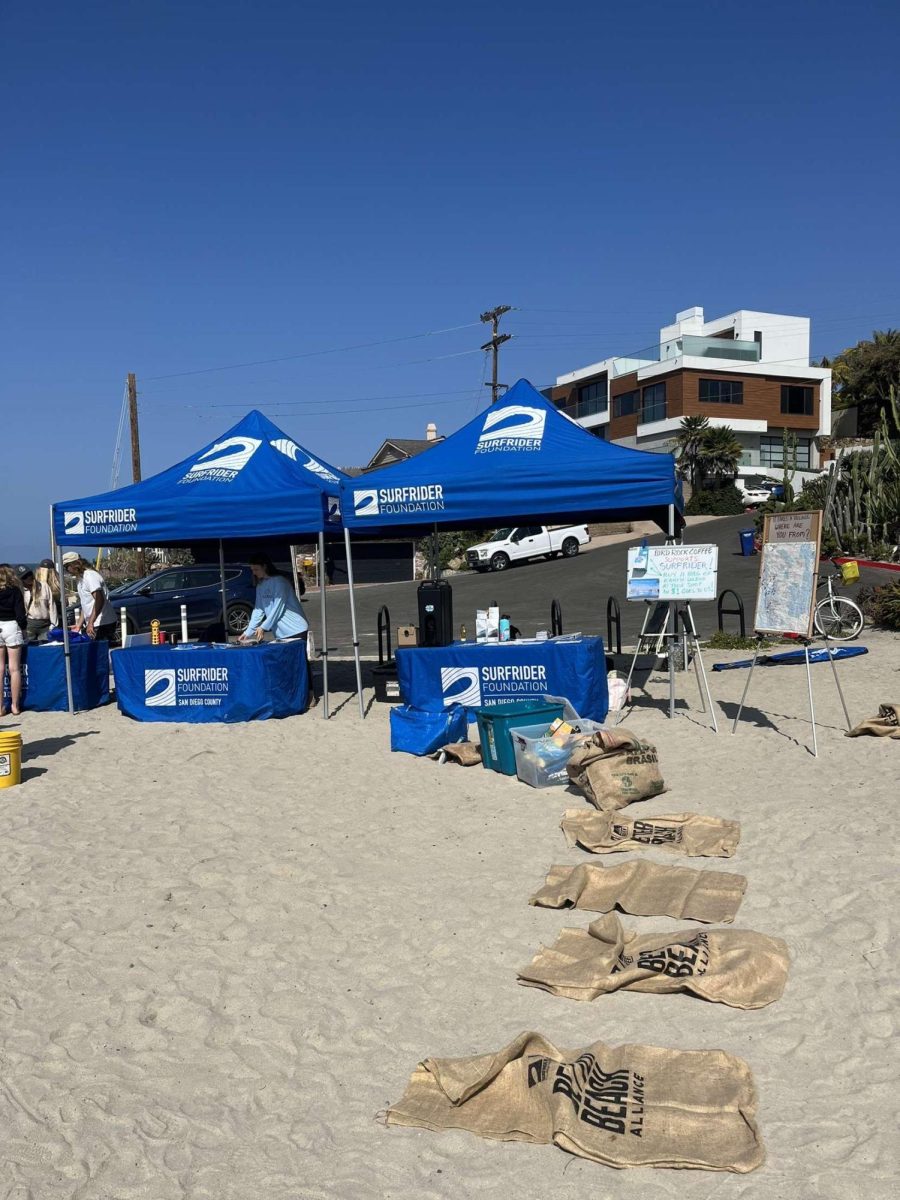In a significant move toward environmental sustainability, the city of La Mesa has taken steps in the right direction to phase out single-use plastics within its borders.
The city is working with Surfrider San Diego to enact an ordinance reducing the use of single-use plastics and other harmful products posing risks to both human health and the environment.
La Mesa’s proactive approach sets an example for the rest of the county, recognizing the urgent need for collective action to safeguard our environment. While several coastal cities have already implemented similar initiatives, it’s time for more inland cities to join the movement.
On Feb. 13, the La Mesa city council unanimously initiated a process toward eliminating single-use plastics by forming a subcommittee that will explore various ordinance options. The subcommittee’s primary objectives include speaking with local businesses to understand potential impacts and evaluating the effectiveness of ordinances in surrounding cities before any final decisions are made.
Surfrider San Diego is leading the charge and has already played a crucial role in advocating for 10 local ordinances to combat plastic pollution, predominantly in coastal areas. Currently, only two non-coastal cities in San Diego County, Vista and San Marcos, have implemented such ordinances.
La Mesa’s potential adoption of the ordinance would make it the first city in East County to take a stance against plastic pollution. They shouldn’t be the last.
Although inland cities may not feel the immediate impact of plastic pollution, the significance of their ordinances matter just as much. La Mesa, like many inland communities in the county, sits within a coastal watershed, meaning that plastic waste eventually finds its way to the ocean.
Once plastic finds its way into our oceans, it undergoes a slow decomposition process, eventually breaking down into microplastics that frequently enter the food chain, causing significant harm to marine life. This contamination also endangers humans by exposing us to microplastics through the consumption of seafood.
“When plastics degrade they don’t really disappear. They degrade into microplastics and they’re finding these everywhere, including in our bodies,” said Richard Gersberg, a San Diego State professor and head of the division of Environmental Health in the school of Public Health.
Eleven million metric tons of plastic contaminate the ocean annually, with 80% originating from land.
We have several reasons to care about protecting sea life. One of them being the crucial role in regulating the Earth’s climate, providing sources of food and livelihoods for millions of individuals, and supporting numerous industries.
Surfrider’s hope is that La Mesa will land upon an ordinance that will be suited to the community, according to Janis Jones, Surfrider Foundation’s Rise Above Plastics co-lead for the San Diego County chapter. This initiative would serve as a crucial step toward preserving the local environment and enhancing the quality of life for La Mesa residents, while also setting an example for other communities to follow in the fight against plastic pollution.
La Mesa is hoping to follow the comprehensive regulations of Carlsbad, including bans on foam products and requiring marine-degradable or compostable serveware.
“Carlsbad is very comprehensive,” Jones said.“Our hope is that La Mesa will determine that something similar is possible for their community so that they can bring forward a comprehensive ordinance that will prevent the pollution in the community, protect public health and also be fair to businesses.”
Opposing views, primarily from some local business owners, express concerns about the challenges associated with transitioning to plastic-free operations. But the urgency of the environmental crisis far outweighs short-term business owner’s selfish concerns.
“Maybe it’s a little more difficult. Maybe you need to hire another person. But that’s the price of environmental quality,” Gersberg said.
The ordinance process does not typically happen quickly. Following the city council’s decision to proceed with a draft ordinance, it typically takes about 3-6 months before it is revisited by council. If the ordinance is passed, it is intended that it would take effect in approximately a year.
It’s time for cities to prioritize speed and efficiency in the ordinance process. Streamlining the process can ensure that meaningful measures are implemented promptly.
Amidst the urgency for action, it is crucial for the youth to take initiative if they seek change. Jones encourages students to learn more about this world-threatening topic and be an advocate.
“Council members really sit up in their chairs and listen hard when young people are speaking because young people have a perspective that’s different and voices that really need to be heard,” Jones said.










